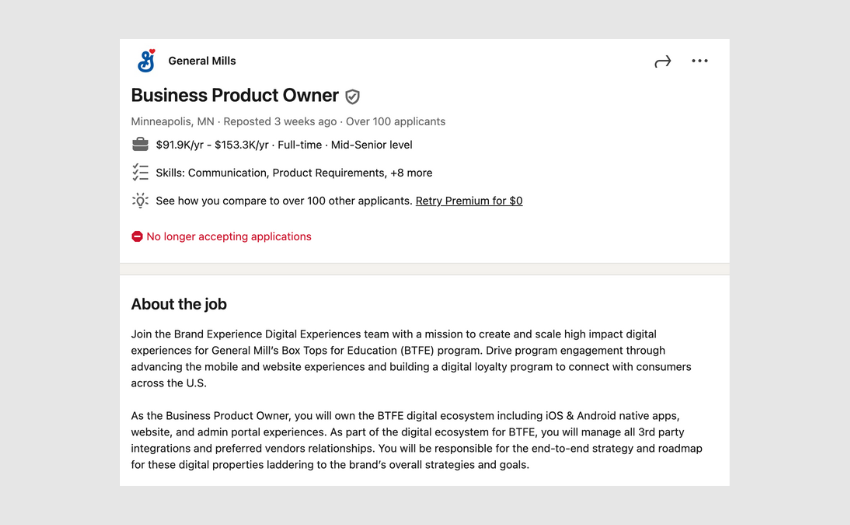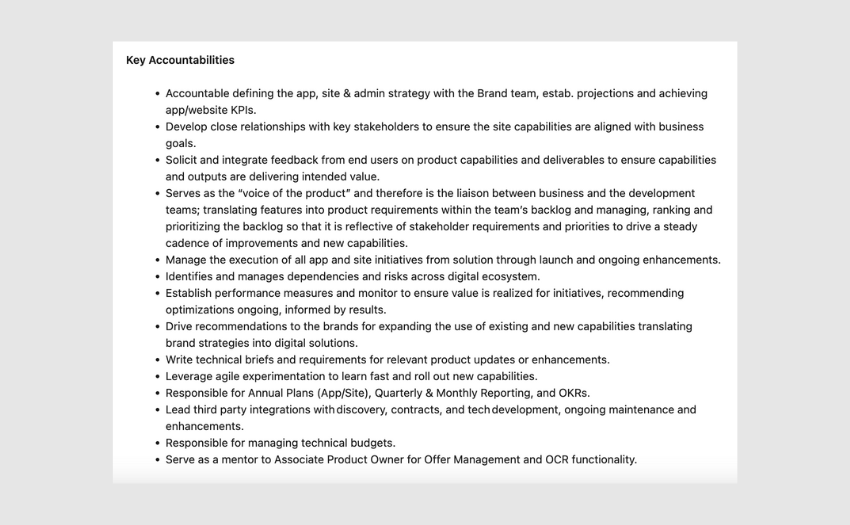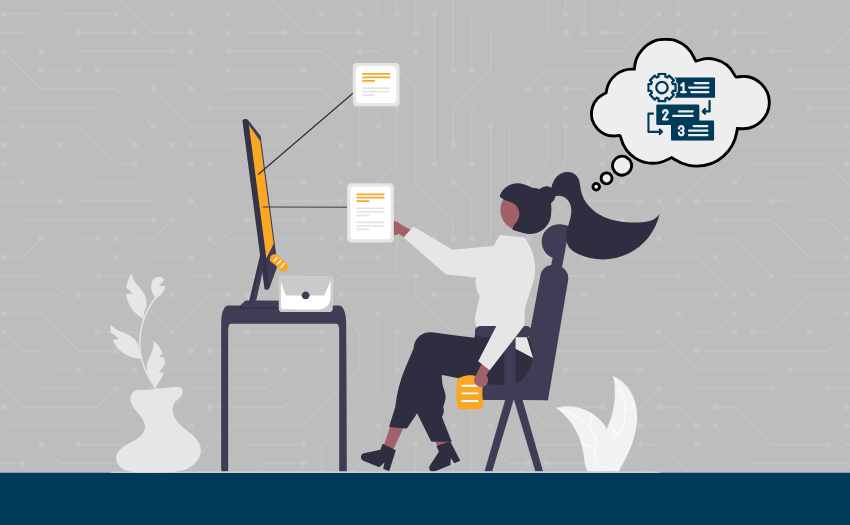Many of us have ideas about what a role may be like. But, when starting anything new, building your knowledge on the subject will prepare you for success.
Before working toward a career in product ownership, you’ll want to familiarize yourself with the realistic responsibilities of the role.
This article breaks down the primary responsibilities outlined in a typical product owner job description.








